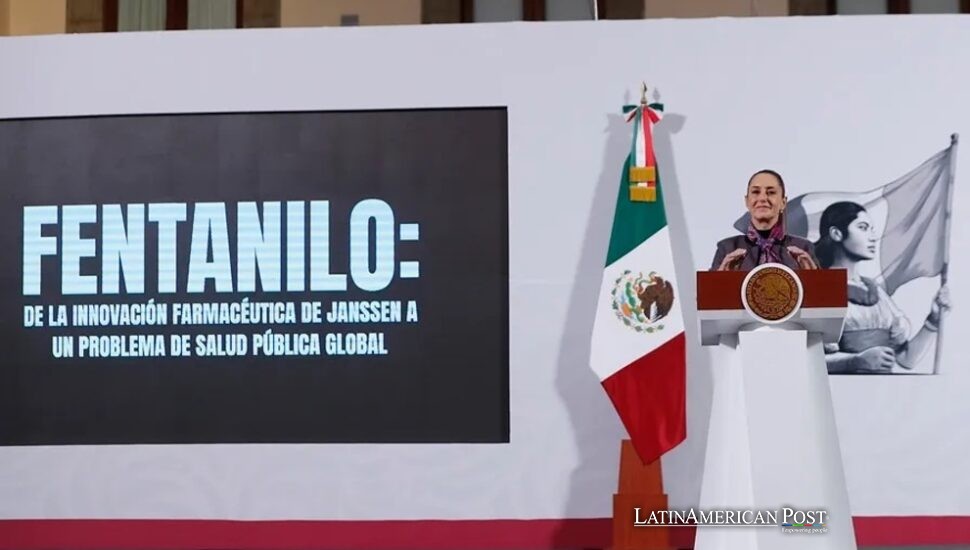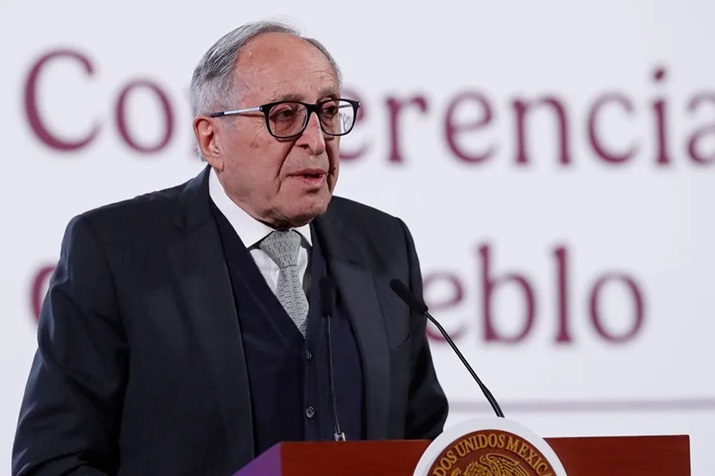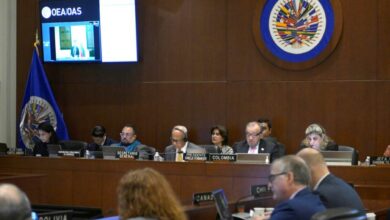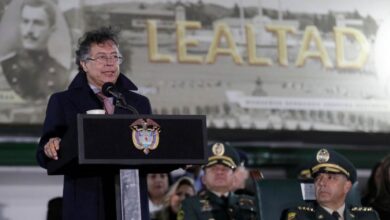Mexico’s Fentanyl Triangle Ties U.S. Overdoses to Mexico’s Gun Violence

A new “golden triangle” has emerged along Mexico’s Pacific corridor. From Sinaloa’s pill presses to Arizona’s gun shops, fentanyl and firearms move in opposite directions, binding America’s overdose crisis to Mexico’s bloodshed in a single deadly feedback loop.
A New Triangle Replaces the Old Map
For decades, the phrase “Mexico’s golden triangle” meant opium poppies—Sinaloa, Durango, and Chihuahua supplying the heroin trade. But fentanyl has shifted the geography. A new triangle dominates: Baja California, Sinaloa, and Sonora. Here, nearly all fentanyl seizures take place—92% of powder and 96% of tablets since 1990—according to the Global Initiative against Transnational Organized Crime.
The geography is not coincidence. Fentanyl is chemistry, not agriculture. Ports along the Pacific bring in precursor chemicals from Asia. Clandestine labs press tablets in bulk. Cartel logistics, honed over decades of contraband, push the product north on faster, shorter routes than the rugged Sierra Madre trails ever allowed. “This reconfigured map underscores the linkages between the two markets,” explained Cecilia Farfán-Méndez, noting to The Guardian that what flows north sustains what bleeds south.
Unlike the heroin years, where mountain villages cultivated poppies, fentanyl’s footprint is urban and industrial. The new triangle’s efficiency—ports, highways, and cross-border commerce—compresses costs and magnifies tolls. Pills masquerading as oxycodone or Xanax cross the border at scale, indistinguishable until they kill. And at the heart of this triangle stands the Sinaloa cartel, adapting faster than enforcement can respond.
Arizona’s Quiet Crossing, Loud Traffic
At the border, the epicenter is not Texas but Arizona. Roughly half of all fentanyl seized entering the U.S. is caught at Arizona ports of entry. California takes most of the remainder. Sonora’s deserts and Nogales’s checkpoints may seem quieter than the Río Grande, but they channel enormous flows.
The symmetry runs both ways. Guns surge south just as fentanyl pushes north. Between January and July of last year, 57% of firearms recovered in Mexico and traced to a recent U.S. retail purchase originated in Arizona. That fact anchors Mexico’s lawsuit against five Arizona gun shops, accused of knowingly fueling trafficking networks.
It is a corridor of reflection: fentanyl north, guns south. Revenues from U.S. pill sales fund bulk buys of AR-15s and ammunition in Arizona. Those weapons then arm cartel enforcers who guard labs, wage turf wars, and deepen extortion. The very ports scrutinized for hidden pills sit beside markets that sell the firepower to protect them. The crossing is quieter in media coverage but deafening in impact.
Two Epidemics, One Feedback Loop
The statistics tell a grim symmetry. Mexico’s homicide rate hovers at 24 per 100,000, among the world’s highest, with 70% of killings involving firearms—two-thirds of them traced back to the United States. Across the border, the U.S. overdose rate now sits at 21.5 per 100,000, with fentanyl the overwhelming driver. West Virginia’s overdose mortality rivals the murder rates of Mexico’s most violent states.
These are not parallel tragedies but linked markets. Cheap, potent fentanyl displaces heroin because it is easier to make and move. Profits then flow into firearms, increasing the lethality of disputes in Mexico. That violence secures trafficking routes, lowering risks for smugglers and stabilizing supply for U.S. consumers. It is a vicious cycle: the more Americans overdose, the more Mexican gunmen are armed; the more they are armed, the safer the smuggling routes become, feeding more overdoses.
As Farfán-Méndez told The Guardian, the Arizona–Sonora corridor’s role in both flows makes the connection impossible to ignore. In the fentanyl era, casualties are no longer split between producer and consumer nations. They are shared across a region bound by the same traffic.

EFE@Mario Guzmán
Policy Labels, Market Realities
Governments have responded with proclamations. Washington has designated Mexican cartels as foreign terrorist organizations, opening paths to prosecute U.S. gunrunners for providing “material support.” Mexico points to falling border seizures as proof of progress. Leaders on both sides tout crackdowns, arrests, and new security compacts.
But markets tell a different story. “There’s no shortage or price changes reported in the U.S.,” Farfán-Méndez noted to The Guardian. Fewer seizures may reflect adaptation, not scarcity. Meanwhile, U.S. data show the “time to crime” for guns recovered in Mexico is often less than a year, evidence of fresh purchases, not old stockpiles. Arizona’s outsized share underscores the potential of targeted policy—tightening straw-purchase laws, enforcing background checks, and reining in rogue dealers in high-export states.
Neither government can act alone. Mexico must confront corruption and impunity within its own ranks, where officials too often abet the traffickers. The U.S. must face its own demand: harm-reduction measures—naloxone, test strips, treatment access—save lives faster than border checks. Enforcement matters, but so does honesty about what drives the market.
The triangle thrives not in shadows but in gaps—between a pill press in Culiacán and a counterfeit pill on a Phoenix sidewalk, between a gun counter in Tucson and a murder scene in Tijuana. Until both sides admit that the flows are mirror images of shared failures, the loop will tighten.
The new triangle—Baja California, Sinaloa, Sonora, pointing straight to Arizona—is not just a reshaped map. It is the sketch of a feedback loop that fuses America’s overdoses with Mexico’s murders. Pills and bullets trade places across the same desert, each crisis sustaining the other.
Also Read: U.S. and Panama Push for 5,500-Troop Gang Suppression Force in Haiti as Crisis Deepens
Breaking that loop requires more than designations and seizures. It demands binational honesty: about where the fentanyl comes from, where the guns come from, and which levers—state, federal, and local—can bend the trade. Until then, the crossing will look quiet, the pills cheap, the rifles plentiful—until you count the dead on both sides of the border.




